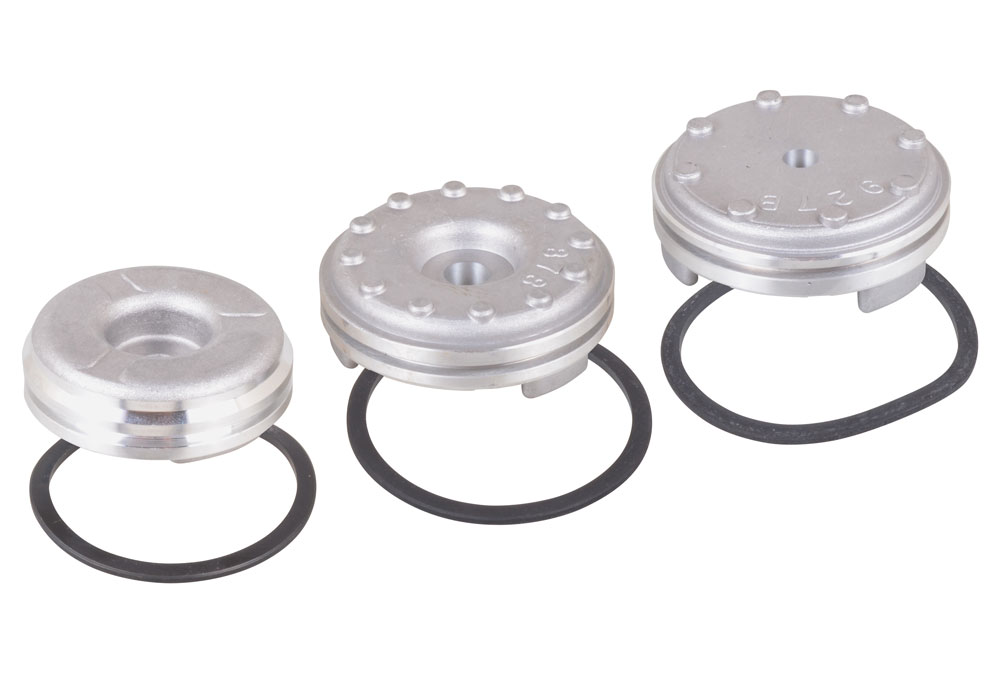

LARGE BORE SHEAR BONNET OPERATING DATA AND FLUID REQUIREMENTS Operating Data and Fluid Requirements U BOP OPERATING DATA AND FLUID REQUIREMENTS Since the tailrod has the same stroke as the BOP operating piston, the standard shear locking mechanism can be installed on the outside end of the booster. Tandem boosters approximately double the force available to shear pipe. Additionally a BOP fitted with tandem boosters can deliver increased shearing force while not increasing the wear and tear on the packers. In order to achieve this the large bore shear bonnet design increases the available closing area by 35% or more. Large bore shear bonnets are designed to increase the available shearing force required to shear high strength and high quality pipe. If the piston is screwed in too far, excessive hydraulic pressure will be necessary to operate the preventer, and rod damage can result.Īs with the 'QRC', the secondary seal should not be activated during normal operations. For this reason, care should be taken to screw the piston in just far enough to stop the leakage. There is no relief mechanism to maintain the correct plastic packing pressure. As more plastic is forced into this groove by screwing the piston in, the force is transmitted to the bottom of the groove which effects a seal around the connecting rod, and to the sides of the groove which creates a seal against the body of the preventer. On the type 'U', plastic packing is forced into an exterior groove around a doughnut-shaped plastic packing ring. When the well control operation is complete, the BOP should be stripped and the leaks repaired.Ĭameron Ram Preventer - Type 'U': Type 'U' Secondary SealĪs shown above, the secondary seal on the connecting rod differs from that on the 'QRC' preventer. A secondary seal is only useful while the ram shaft remains in the same position. Some BOPs provide an initial plug of plastic packing in the chamber for this situation. However, if leakage occurs during a well control operation, a secondary seal can be energised by pumping high pressure plastic packing through the check valve provided. Both situations would require drilling operations to be stopped and the leaking or damaged seals to be replaced. If hydraulic fluid is observed leaking from the weephole this would imply that the seal between the bonnet and piston rod is leaking. If mud is observed coming from the weephole this would suggest that the piston rod mud seal requires replacing. Should leakage occur in either the wellbore or operating chamber the weephole will provide a vent to atmosphere. The function of the weephole is to isolate wellbore pressure from the pressure in the operating cylinder.

Ram closing and Bonnet opening pressure (Red) Ram opening and Bonnet closing pressure (Blue)Īll ram type blow out preventers mentioned in this section incorporate a weephole and secondary sealing mechanism between the operating chamber and the interior of the BOP. Hydraulic Control System of 'U' Preventers An important feature of the hydraulic system is that the rams are pulled back close to the bonnets before the bonnets begin moving toward the preventer body. Hydraulic control pressure draws the bonnets tightly against the preventer body bonnet bolts hold the bonnets closed. Ram opening pressure also closes the bonnets. An eyebolt on each end of the preventer body can be screwed into the top of each ram for lifting. When the bonnet bolts are unscrewed and closing pressure is applied, pressure pushes the ram inward and at the same time moves the bonnet away from the preventer body. The Ram closing pressure also opens the bonnets for ram change. As hydraulic fluid is displaced into the closing chamber of the BOP the piston moves inward pushing the ram into the well bore. Hydraulic fluid is directed through open and close lines which connect to the body of the BOP. The 'U' BOP is operated using a typical accumulator system with 1500 psi. Theses require a separate function to be deployed in order to lock the rams. Wedgelock system available for subsea operations.
#RAM PRESSURE PLATES MANUAL#

The Cameron 'U' BOP is a ram type preventer designed for both land and subsea operations.


 0 kommentar(er)
0 kommentar(er)
